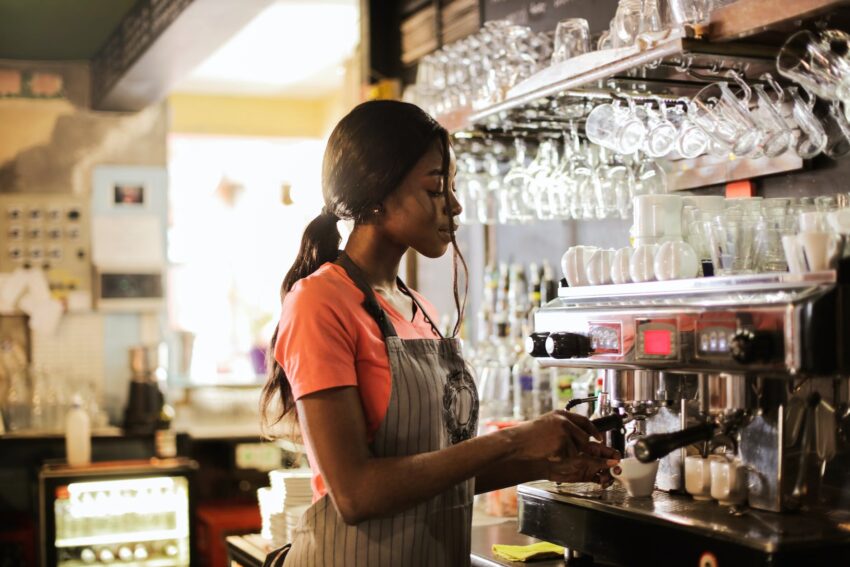Ayahuasca, also known as “La Medicina” or “the Vine of the Soul,” is a mystical brew that has been used for centuries by indigenous tribes of the Amazon rainforest. This powerful concoction, entwined with nature and ancient wisdom, provides an experience that can be deeply healing, insightful, and transformative.
The main components in ayahuasca are the Banisteriopsis caapi vine and leaves from the Psychotria viridis shrub, which contains the powerful hallucinogenic compound DMT (dimethyltryptamine). The combination of these plants creates the unique, hallucinogenic brew that has been used by Amazonian shamans for thousands of years in rites of passage, healing, and community gatherings.
Indigenous communities maintain a deep connection with nature, and their spiritual practices revolve around this relationship. The use of ayahuasca is one way to explore and strengthen this bond. By taking the brew, participants undergo a spiritual journey, sometimes interacting with nature spirits, which can offer insight, wisdom, and guidance.
The ayahuasca ceremony involves various elements. There’s an initial cleansing ritual called the “soplada,” where the shaman blows smoke (typically from tobacco or another plant) over the participants, cleansing their aura. This is followed by the ingestion of the hallucinogenic brew, and the ceremony begins.
During the experience, the shaman sings icaros, sacred songs that work as a bridge between the physical and spiritual realms. The icaros help guide the participants through their inner journey, seeking healing, clarity, and understanding.
The ayahuasca experience can be intense, and purging is a common part of the process, either through vomiting or diarrhea. This purging is a symbolic representation of releasing traumas, negative energies, and physical toxins from the body, allowing participants to start anew. It may also provide insight into the roots of ailments, addiction, or negative thought patterns that need to be addressed.
The rise of ayahuasca tourism in recent years has seen an influx of people traveling to the Amazon Basin, seeking traditional practitioners, or shaman, to guide them through an ayahuasca ceremony. Many of those who partake in the ritual seek self-discovery, personal growth, and healing on physical, emotional, and spiritual levels.
However, it is essential to approach ayahuasca with respect, humility, and an understanding of the cultural and spiritual aspects that surround it. While many westerners are drawn to the concept of ayahuasca, not everyone may be prepared for the intensity of the experience.
An important aspect of traditional ayahuasca use is preparation. This consists of following a strict diet that eliminates certain foods, drinks, and behaviors that could interfere with the brew’s effectiveness. Additionally, a strong inclination for self-reflection and processing the lessons learned during the experience is essential. Reintegration into daily life, allowing for a gradual transition back from the spiritual journey, is crucial for experiencing lasting benefits.
Ayahuasca ceremonies can help address a wide range of physical and mental ailments, from depression and anxiety to substance abuse and PTSD. Additionally, many participants report an increased sense of connectedness with nature and a greater understanding of their life’s purpose.
Despite its potential for healing, ayahuasca is not a magic cure-all or a quick fix. Rather, it is a tool that works in conjunction with the guidance of the shaman, the strength of the icaros, and the participant’s willingness to face their struggles and traumas.
As interest in ayahuasca continues to grow, it is crucial to preserve and respect the rich Amazonian traditions that have fostered its use for millennia. Getting in touch with indigenous wisdom, ancestral knowledge, and nature’s spirit through ayahuasca can be a transformative experience that changes one’s life profoundly.
